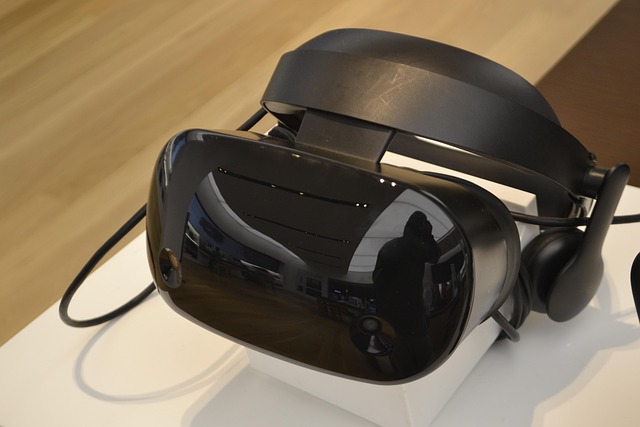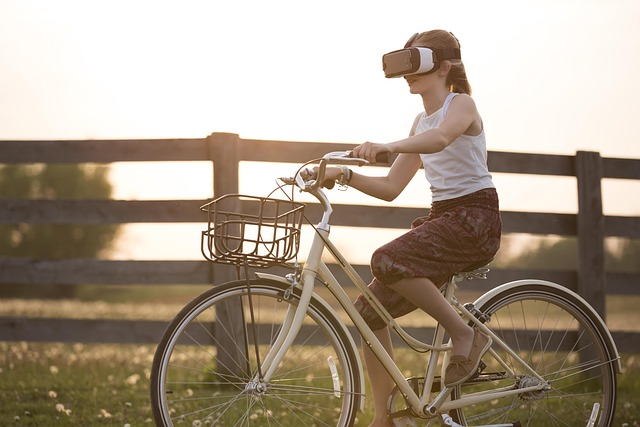Revolutionizing Gaming Education: The Future of Virtual Reality Teaching Applications
The world of education has continuously evolved, adapting to new technologies and methodologies. Among these advancements, virtual reality teaching applications are carving out a transformative path, seamlessly blending the engaging elements of gaming with educational practices. If you have ever experienced the thrill of gaming, imagine channeling that excitement into learning.
As gaming culture has exploded, so too has the need for innovative educational strategies that capture the imagination of students. Enter virtual reality (VR) — a gateway to immersive learning environments that not only motivate students but also enhance comprehension and retention. With headsets becoming more accessible and VR applications growing in diversity, educators are now armed with tools that can revolutionize how knowledge is imparted.
The Power of Immersion
One of the most compelling benefits of virtual reality teaching applications is their ability to immerse learners in realistic scenarios. Picture a biology classroom where students can “walk” through the human body, visualize cellular processes in real time, and interact with parts of the anatomy as if they were actually there. This immersive experience promotes active engagement, reduces barriers to understanding complex concepts, and fosters a sense of discovery akin to that found in video games.
Interactive Learning Experiences
Incorporating VR into the classroom doesn’t merely means replacing textbooks; it opens the door to interactive experiences. Imagine history lessons where students can virtually visit ancient civilizations, walking the streets of Rome or observing the pyramids in Egypt. With VR, time travel is a real possibility, allowing students to step into significant moments in history that textbooks may only skim over.
Collaboration and Social Learning
Virtual reality also enhances collaborative learning. Through shared VR experiences, students can work together in teams to solve problems, conduct experiments, or even create projects. This not only builds critical teamwork skills but also creates a social learning environment that fosters connections — much like multiplayer gaming does. Students can share their discoveries and learn from their peers, embodying the communal spirit of gaming.
Bridging the Gap for Diverse Learners
One of the most significant advantages of VR in education is its ability to bridge learning gaps. For students with different learning needs, virtual reality teaching applications can provide customized experiences that cater to their strengths. Visual learners can engage with 3D models and simulations, while auditory learners can benefit from immersive soundscapes and guided instructions within the virtual space. This tailored approach ensures that every student has an equal opportunity to thrive.
As we look to the future, the potential for virtual reality teaching applications is boundless. The combination of engaging game-like elements with powerful educational frameworks may very well redefine the meaning of “classroom.” The question now is not just how these technologies will change education, but rather how we, as educators and learners, can embrace and adapt to these innovations. The adventure into immersive learning has just begun, and there’s no denying that it’s going to be an exciting journey ahead!




